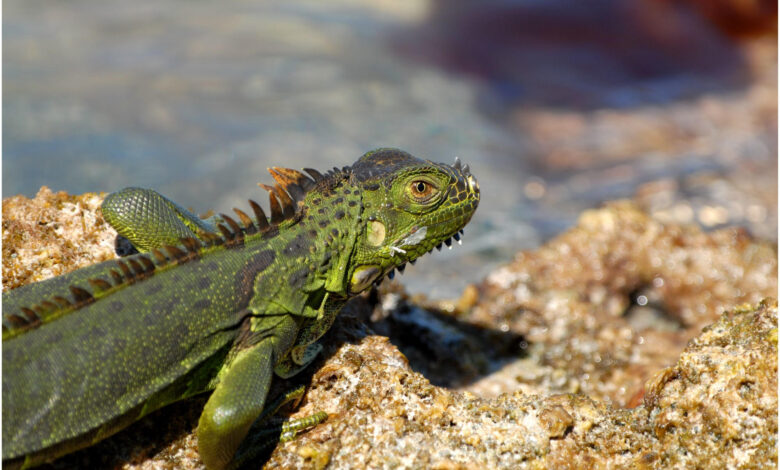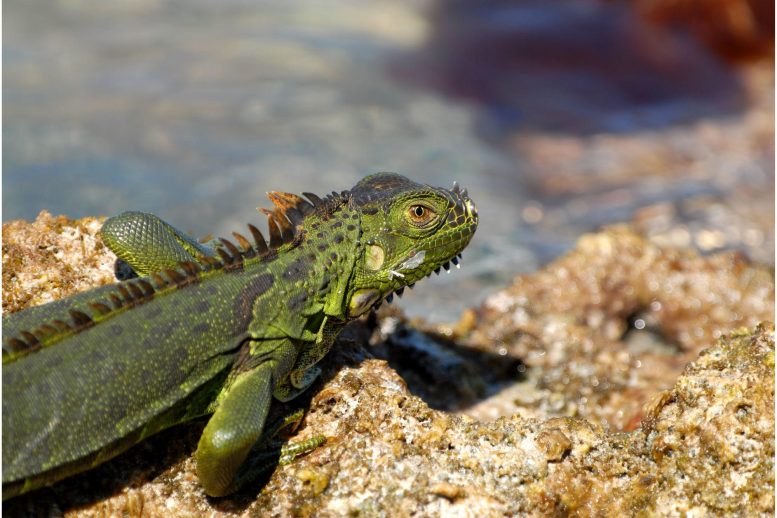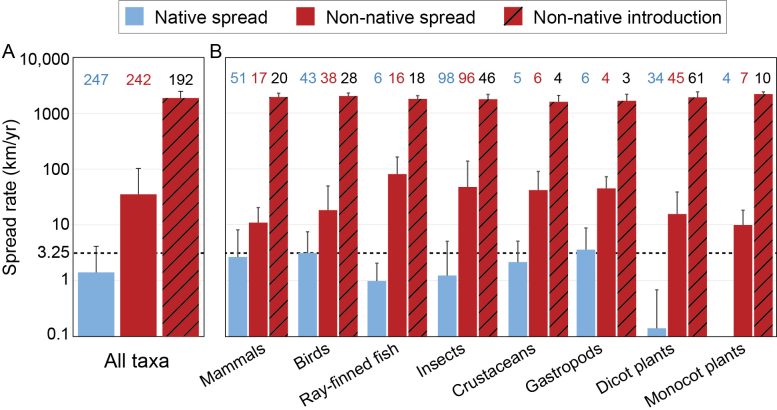Humans Are Helping Invasive Species Spread at Alarming Speeds


An international research team has found that non-native species are expanding their ranges much faster than native species due to human help, necessitating assisted migration strategies to help native species cope with rapid climate change. The study highlights significant differences in movement rates between native and non-native species, with human actions accelerating the spread of non-native species exponentially.
Native species are unable to migrate quickly enough to escape the disruptions caused by climate change.
A team of scientists from around the world recently discovered that non-native species are spreading their territories significantly faster than native species, largely due to unintentional assistance from humans. Even non-native plants, which typically do not move quickly, are expanding their ranges three times faster than native plants. This acceleration is crucial given the swift impact of climate change on habitats, where being fast is increasingly important.
To survive, plants and animals need to be shifting their ranges by 3.25 kilometers per year just to keep up with the increasing temperatures and associated climactic shifts—a speed that native species cannot manage without human help. Led by scientists at the University of Massachusetts Amherst, the team includes researchers from New Jersey, Michigan, Colorado, and Hawaii in the U.S., as well as Sevilla and Zaragoza in Spain and was published in Annual Reviews of Ecology, Evolution and Systematics.
“We know that the numbers of invasive plant species are increasing exponentially worldwide,” says Bethany Bradley, professor of environmental conservation at UMass Amherst and the paper’s lead author. “We also know that plant nurseries are exacerbating the climate-driven spread of invasives and that confronting invasives is one of the best ways to prepare for climate change. What we wanted to find out is how fast both native and non-native species are moving right now, and how far could they go.”

Non-native species (red) are spreading much faster than native species (blue). The dotted line indicates how fast species need to move to keep up with climate change. Credit: Bethany Bradley
To figure out how fast species are moving, Bradley and her colleagues comprehensively surveyed a vast trove of previously published papers and publicly available datasets on how far and how fast both native and non-native species, representing different taxa and various ecosystems, have been moving. An important subset of this search was to compile data showing how humans are helping to accelerate the spread of non-native species, either accidentally, such as when a particular species finds itself in a shipping container that travels between continents, or intentionally, when a gardener buys an invasive ornamental from a nursery and drives it back to their home.
Comparing Movement Rates of Native and Non-Native Species
The conclusion that Bradley and colleagues reached is that land-based species—including plants—need to be moving at more than 3.25 kilometers per year if they want to stay ahead of climate change, while marine species need to be moving at 2.75 kilometers per year. Unfortunately, native species are only managing to move an average of 1.74 kilometers per year.
Non-native species, however, are spreading at about 35 kilometers per year on their own. When the human role in spreading non-native species is taken into account, then the rate jumps to an astronomical 1,883 kilometers per year—1,000 times faster than the rate at which native species are spreading.
“Essentially,” says Bradley, “there’s no chance for native species to keep up with climate change without human help.”
For the second part of their research, Bradley and colleagues wanted to understand how far both native and non-native species might spread in a warming world, since not every ecosystem is a suitable habitat.
While there were fewer case studies for the team to synthesize and analyze, their research indicates that it is likely that non-native species will find more territory to their liking than native species. “However,” says Bradley, “while this means that non-native species might have more territory to gain with climate change, it also means that they’ve got more territory to lose as some range margins become increasingly unsuitable.”
What does this mean, then, for the future?
“It’s really clear that people are very good at moving species, and this is one of the biggest advantages that non-native species have,” says Bradley. “We need to seriously consider and begin implementing assisted migration”—the practice of deliberately helping native species move to more suitable locations—“if our native plants and animals are to stand a chance.”
Reference: “Observed and Potential Range Shifts of Native and Nonnative Species with Climate Change” by Bethany A. Bradley, Evelyn M. Beaury, Belinda Gallardo, Inés Ibáñez, Catherine Jarnevich, Toni Lyn Morelli, Helen R. Sofaer, Cascade J.B. Sorte and Montserrat Vilà, 17 June 2024, Annual Review of Ecology and Systematics.
DOI: 10.1146/annurev-ecolsys-102722-013135



